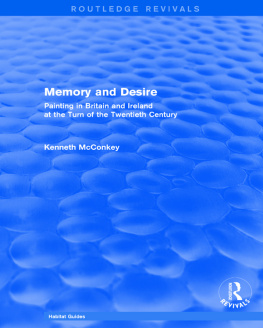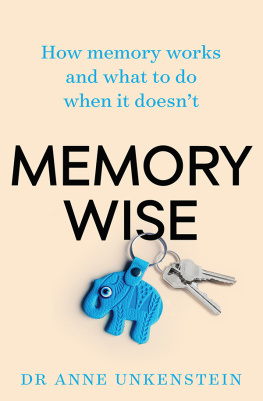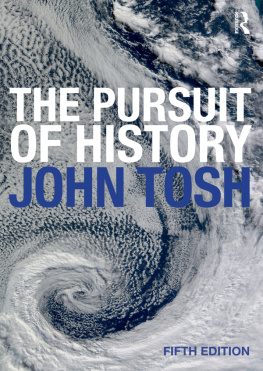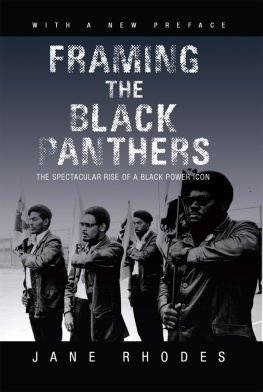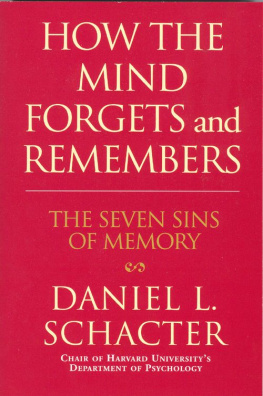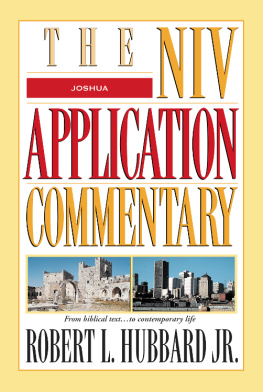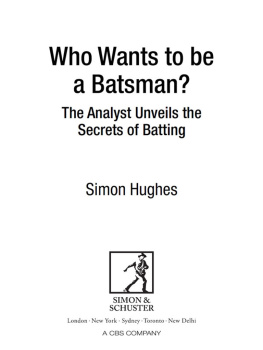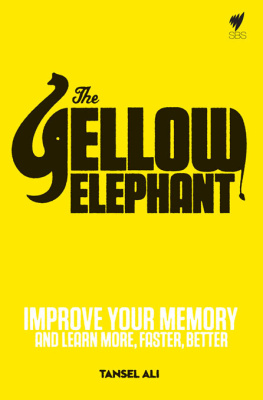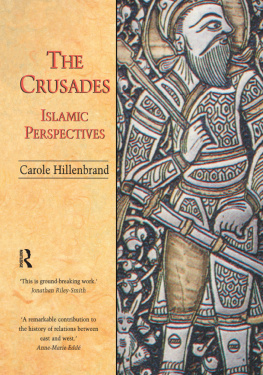MEMORY AND DESIRE
BRITISH ART AND VISUAL CULTURE SINCE 1750
New Readings
General Editor: David Peters Corbett, University of York
This series examines the social and cultural history of
British visual culture, including the interpretation of individual works of art,
and perspectives on reception, consumption and display.
The Emergence of the Professional Watercolourist
Contentions and Alliances in the Artistic Domain, 17601824
Greg Smith
Difficult Subjects
Working Women and Visual Culture, Britain, 18801914
Kristina Huneault
Art and its Discontents
The Early Life of Adrian Stokes
Richard Read
Time Present and Time Past:
The Art of John Everett Millais
Paul Barlow
British Artists and the Modernist Landscape
Ysanne Holt
Kenneth McConkey
Memory and Desire
Painting in Britain and Ireland at the Turn of the Twentieth Century

First published 2002 by Ashgate Publishing
Reissued 2018 by Routledge
2 Park Square, Milton Park, Abingdon, Oxon OX14 4RN
711 Third Avenue, New York, NY 10017, USA
Routledge is an imprint of the Taylor & Francis Group, an informa business
Copyright Kenneth McConkey, 2002
The author has asserted his moral right under the Copyright, Designs and Patents Act, 1988, to be identified as the author of this work.
All rights reserved. No part of this book may be reprinted or reproduced or utilised in any form or by any electronic, mechanical, or other means, now known or hereafter invented, including photocopying and recording, or in any information storage or retrieval system, without permission in writing from the publishers.
Notice:
Product or corporate names may be trademarks or registered trademarks, and are used only for identification and explanation without intent to infringe.
Publishers Note
The publisher has gone to great lengths to ensure the quality of this reprint but points out that some imperfections in the original copies may be apparent.
Disclaimer
The publisher has made every effort to trace copyright holders and welcomes correspondence from those they have been unable to contact.
A Library of Congress record exists under LC control number: 2002028039
Designed and typeset in Janson by Paul McAlinden
ISBN 13: 978-1-138-72046-6 (hbk)
ISBN 13: 978-1-315-19503-2 (ebk)
mixing memory and desire
stirring dull roots with spring rain
Contents
For a number of years I have been grappling, perhaps unsatisfactorily, with the understanding of the role of memory in the production and reception of art in Britain around 1900. This would for the most part be a harmless, solitary pursuit save for the fact that in recent years historians have become preoccupied with what is frequently termed the life of the mind. Mind is of necessity a nebulous concept, at once collective and singular, socially constrained and imaginatively liberated, the site of logical constructs and eccentric picturings. It is the place where the art work, a material presence, is first shaped and latterly recovered, in processes which have excited a huge amount of interpretation. Although diverse, the chapters in the present volume have these concerns in common.
My first stumblings in this direction occurred in the 1980s in essays and articles, some of which formed the basis of the Ferens lecture series delivered at the University of Hull in 1991. This rich experience brought me into contact with two important complementary collections of modern British art, held by the city and the university. I am grateful to John Bernasconi for his kind invitation to Hull. Addition, revision and re-presentation of the Ferens themes has taken place in the intervening years and to the original four lectures, new papers and essays have been added. These derive from interests in the art market as a barometer of contemporary taste, and in the fluctuations of contemporary art. Edwardian portrait painting, the invention of the Irish national school, a new eclectic Pre-Raphaelitism and the persistent cultural pull of Paris have been addressed in various ways.
In re-engaging with portraiture, the opportunity to assist with the catalogue of Portrait of a Lady, Sargent and Lady Agnew, an Edinburgh Festival exhibition in 1997, was an important opportunity for distillation. One of my chapters is an extended and reworked version of the essay which appeared in the catalogue of that exhibition. I am grateful to Julia Rayer Rolfe and Michael Clarke of the National Gallery of Scotland for their support and encouragement.
Some Men and a Picture, first delivered at Hull and forming a chapter here, is a version of the essay in James Stewards edited collection, When Time began to Rant and Rage: Irish Figurative Painting in the Twentieth Century, the catalogue of an exhibition at Liverpool, Berkeley and New York in 199899. Again, this has been expanded for the present volume. Also in 1998 I had the pleasure to work with Christopher Newall in the preparation of The Victorian Imagination, an exhibition which toured Japan. This coincided with research on the paintings of John and Mary Young Hunter for a show at Pyms Gallery, London, in 2000. Thinking around both of these projects has led to the chapter entitled The Renaissance of the Imagination. I am grateful to Alan and Mary Hobart for the opportunity to work on the Young Hunters.
One further essay has appeared more recently. This is A Walk in the Park, a text which forms part of English Art 18601914, Modern Artists and Identity, edited by David Peters Corbett and Lara Perry in 2000. Finally, without the gentle nudging of my colleague Heather Hopfl, I would not have delivered Memory and Visuality, the opening plenary at the Bergson conference at Longhirst Hall in 2000, a paper which forms the basis of in the present volume.
There is, however, an important underpinning for much of this work. During the last 25 years I have frequently been asked to catalogue pictures for exhibitions and sale catalogues. It is an irresistible challenge to locate single paintings within the rhetoric of the art of their time. In this regard I am grateful to museum and gallery curators in Britain, Ireland, the USA and Japan. These include Susan P. Casteras, Colleen Denney, Chris Drake, Alison Lloyd, Richard Wood, Rosalyn Thomas, Shigeharu Morimoto, Toni Arayashiki, William H. Gerdts, Barbara Dawson, and others. Alice Livingstone, Joanna Denton, Iain Harrison, Louise Bythell, Clare van Loenen, Melanie Blake, Millie Messum, Winnie Tyrrell, Karen Lawson, Liz Forster, Lynda Clark, Sally Dummer, Tracey Walker, Valerie Boa, Marie McFeeley, Caitriona Roe, Audrey Hall, Matthew Bailey, Nicholas Edgar, Tehmina Bhote, Anna Sheppard, Fiona Salvesen and Suzanne Warner have all responded promptly to my requests for photographs.
No account such as this can ignore the excitement in the rediscovery of neglected works which change our view of the period and in this regard the art trade has fulfilled a crucial role. I am particularly grateful to Jenna Burlingham, James Rawlin, Susannah Pollen, Susan Kent, Janet Green, Ruth Watson, Jonathan Horwich, Rachel Hidderley, Camilla dArcy Irvine, Sonia Bekkerman, David Messum, Michael Child, Richard Green, Victoria Law, Alan Hobart, Mary Hobart, Andrew McIntosh Patrick, Peyton Skipwith and many others. Chris Pearson, over the last few years, has been keen to discuss Orpen with me, and latterly, my research student, Cecilia Holmes, has been responsible for opening up Charles Sims for future study.

